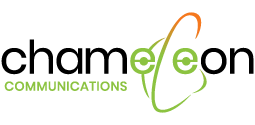February 11, 2014
by Tony Meister
Understanding the Dynamics of Marketing
Marketing has evolved into a complex array of methods to reach prospects. Since the Internet, there has been a maneuvering of tactics to help stay in front of targeted prospects either through inbound or outbound marketing. Let’s take a look at these two methods and discuss how and when to use each method.
Pull (inbound/magnet marketing)
Marketing that influences prospects when they go looking for something to buy is called pull or “inbound” marketing as Brian Halligan from Hubspot has coined the term. By leveraging content (eBooks, videos, guides, white papers, articles, magazines, visuals), along with SEO, companies can pull people in that are already captive because they’re looking for what you offer. If one can produce a steady flow of educational content, showing up in search engines, there is engagement cultivated eventually leading to a sale.
In a 2010 interview with Brian Halligan (Founder of Hubspot) you can catch a glimpse of the vision behind the book that helped create the groundswell of inbound marketing. I pulled Brian out of a seminar when he was in Milwaukee, Wisconsin and below is what he had to say about his book.
http://www.youtube.com/watch?v=yRYGJAtKldI
Push (outbound/interruptive/disruptive) Marketing
Push marketing is a traditional marketing approach that uses purchased email lists, print ads, cold calling, radio, and TV ads to reach prospects. It is good for building brand awareness and establishing a “top-of-mind presence” (as a business owner I spoke with recently stated it). When I spoke with this owner of an HVAC business he shared with me is approach to outbound/push marketing. He has successfully used TV in his geographic area to successfully stay in front of a large target audience during a key season in his business cycle. The rugged winter of 2014 created a need for furnace repair which offered a great opportunity to leverage this specific strategy of getting in front of the masses to create awareness and top-of-mind presence. The results have been tremendous. This business has attributed over 200% growth in one year to this form of push marketing.
I realize that there are limitations to push marketing and nobody can make the point better than Guy Kawasaki (New York Times bestselling author) when he says "If you have more money than brains, you should focus on outbound marketing. If you have more brains than money, you should focus on inbound marketing."
This leads me to my next point – it is expensive. But like any tool, if you can leverage ROI it is worth the marketing spend. Just like our HVAC example, it requires an understanding of your target market.
Making the decision to use push or pull marketing is contingent on your company’s resources. I believe every company (small or large) needs to establish a social presence that can lead to inbound results. And larger companies can definitely benefit from the push (or outbound) approach as well to reach awareness with a large audience.
Let us know how you may have used inbound or outbound marketing successfully or let us know how we can help you decide which method to use as you pursue your marketing goals.





